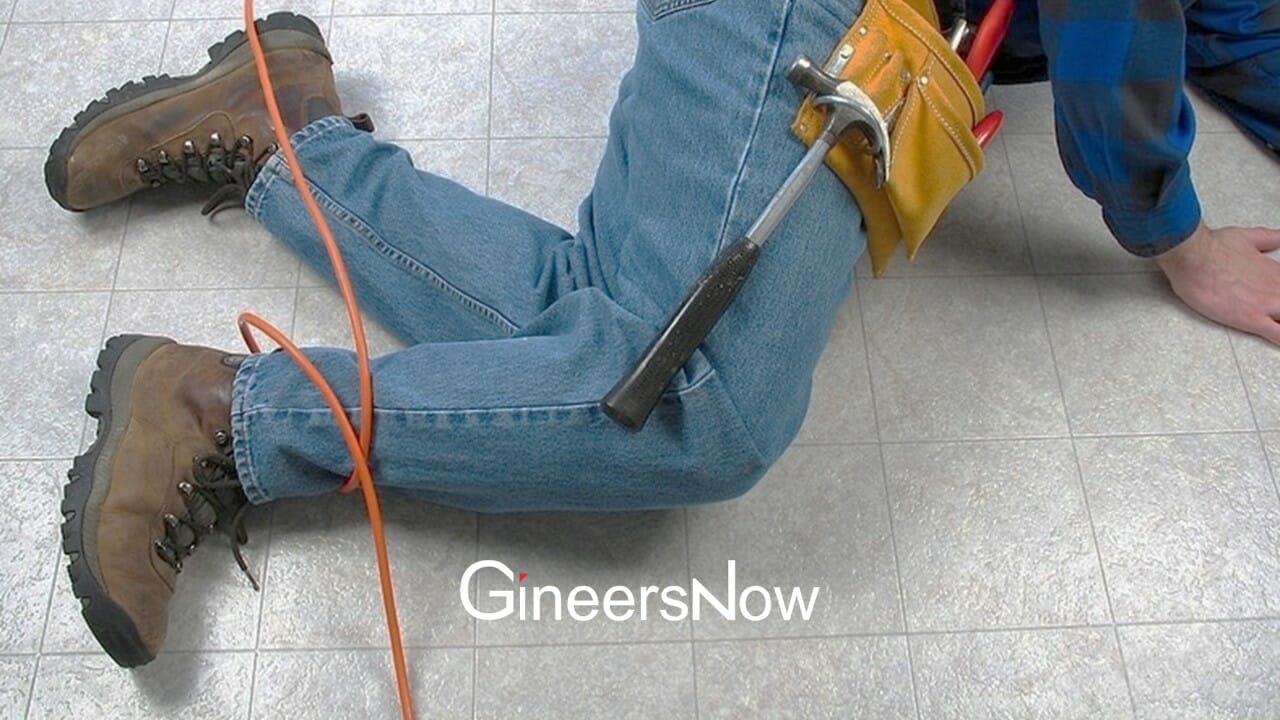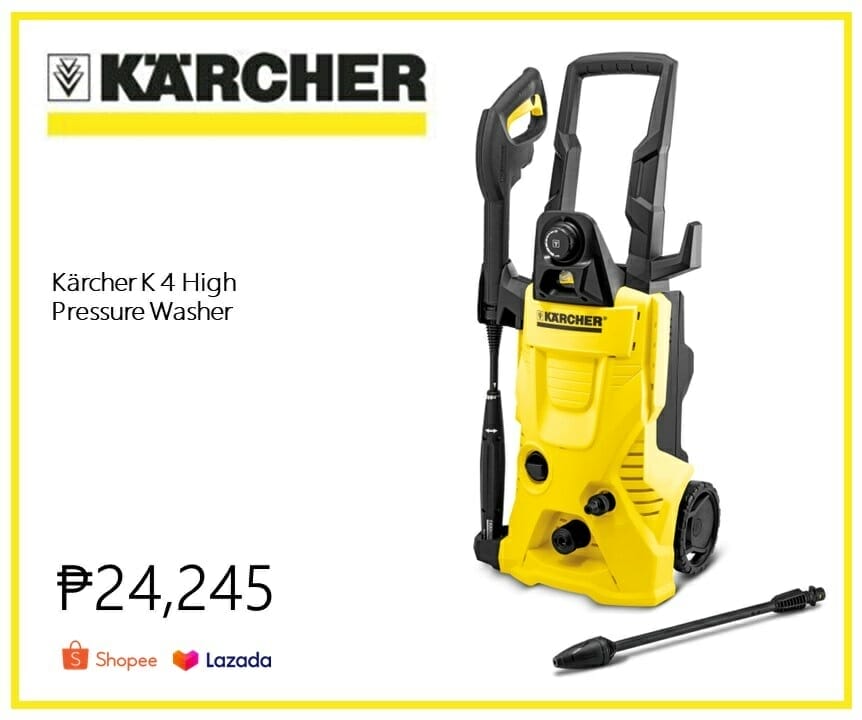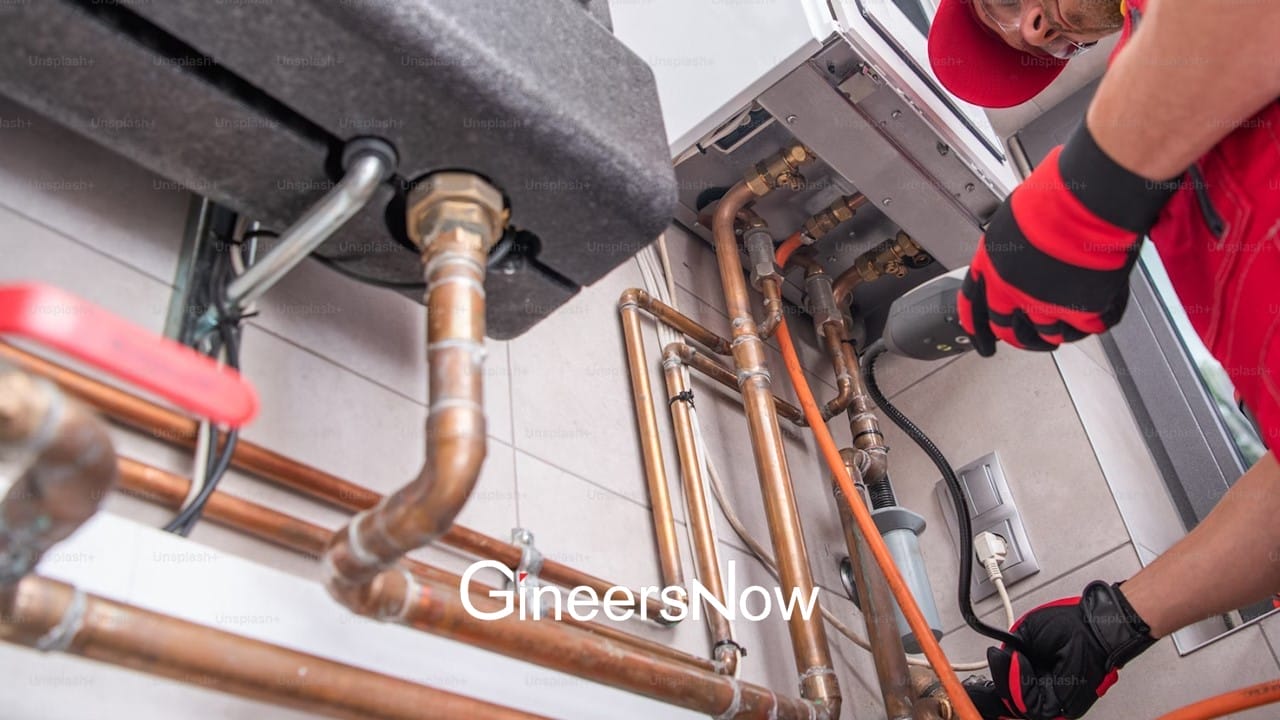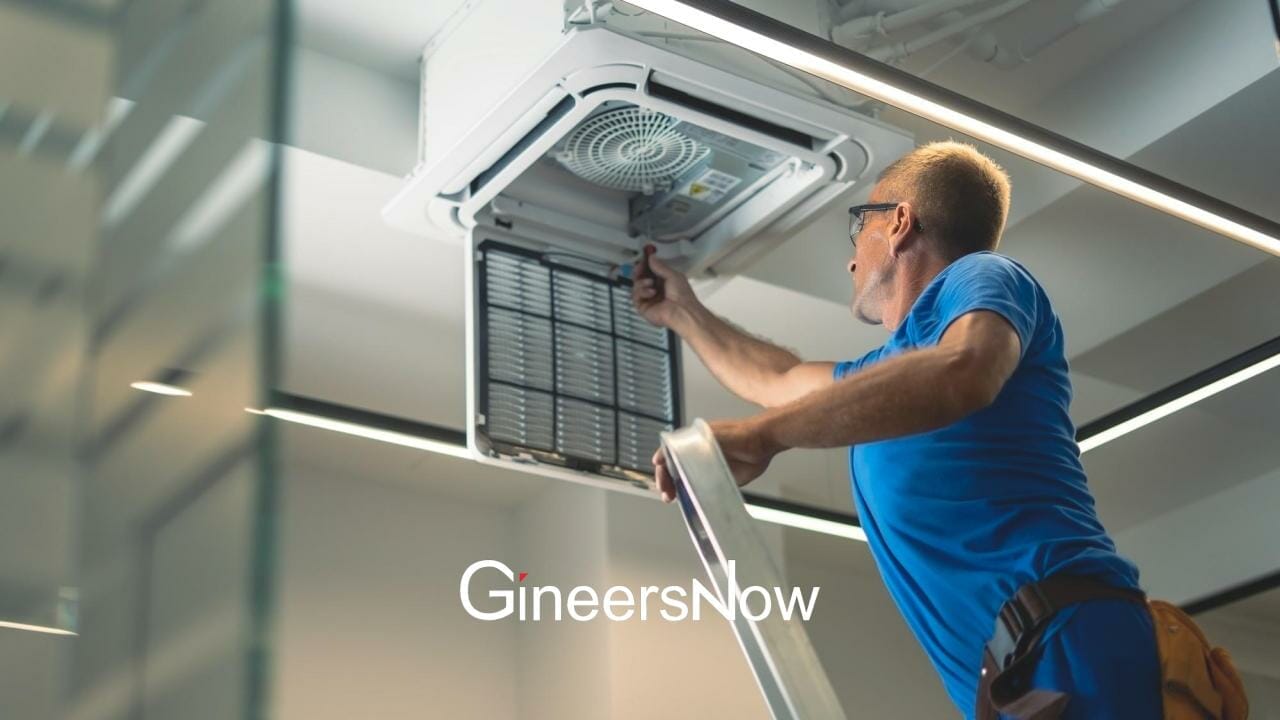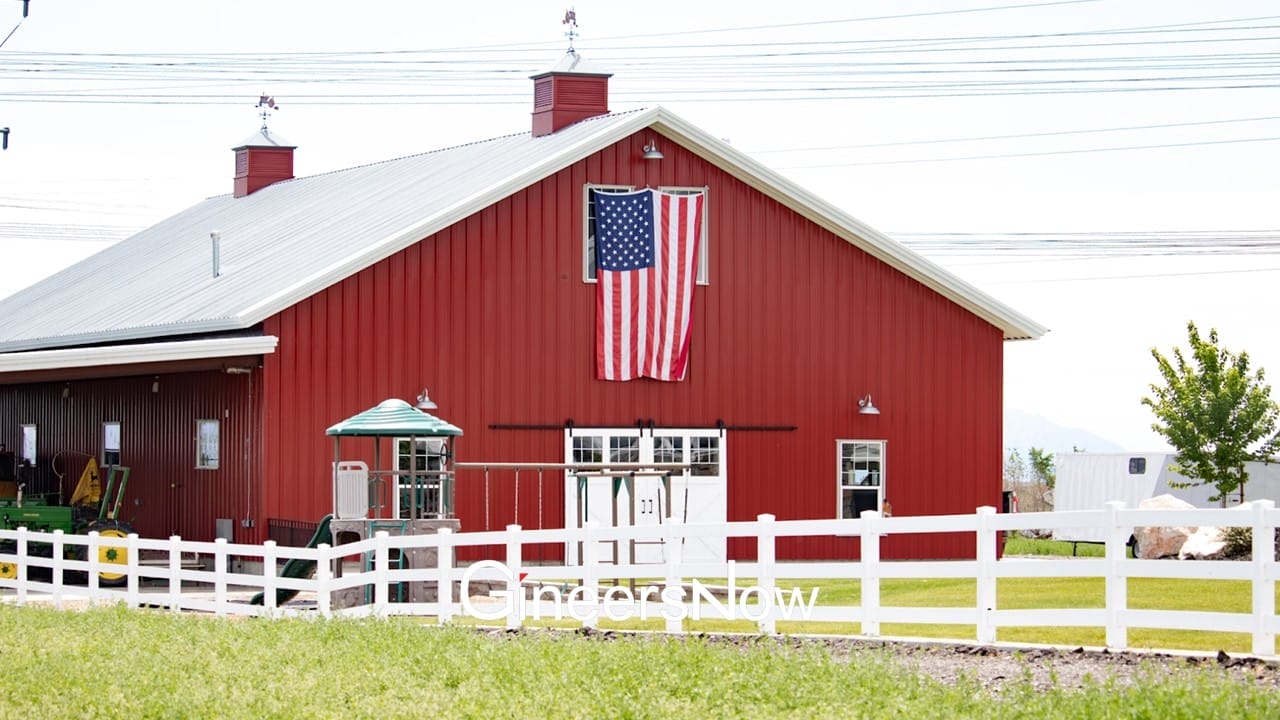Construction is one of the most hazardous industries. But what exactly are these hazards? And how can construction project managers and engineers help to reduce these dangers? This post takes a look at some of the biggest hazards on building sites and what can be done to protect workers from them.
Working at height
Working at height poses many dangers, from falls to accidentally dropping tools on people below. It is the most common cause of fatal injuries at work.
To avoid accidents, construction workers must be trained in how to work at heights – which includes how to correctly use ladders and harnesses, and how to work on fragile surfaces. Scaffolding needs to be properly designed and built, and precautions like nets and double guard rails need to be considered.
Of course, the dangers of working at height can be reduced entirely by finding ways to work from the ground. Beyond extended pole rollers and cranes, new technology such as drones are helping to make this possible. However, there is still a long way to go before working at height can be avoided altogether.
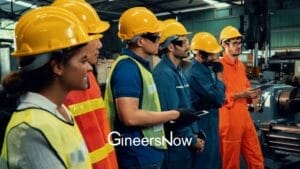
Trip/slip hazards
Trips and slips are another common cause of injury. While they can lead to falls from height, most injuries involving trips and slips happen on the ground floor. Unsignposted slippery floors, trailing cables and obstacles accidentally left in walkways are some of the big dangers.
It is important to make construction workers aware of such dangers and to always plan clear routes – especially when carrying bulky objects that could make it hard to see where one’s feet are going. Work should also always be carried out in good lighting so that hazards are visible.
Hand-arm vibration syndrome
Not everyone has heard of HAVS (hand-arm vibration syndrome); however, it is a major hazard on construction sites. It involves damage to the nerves and joints in the arm and hand as a result of using vibrating tools. Many workers with this condition end up hiring workers compensation claim lawyers to win compensation for their injuries, making it a costly injury for employers.
So just how can you protect against HAVS? Alongside investing in low-vibration tools, construction workers should be encouraged to take regular rests when using tools like jackhammers and hammer drills and should wear anti-vibration gloves to limit the damage.
Heavy lifting injuries
Want to know what the most common cause of back injuries at work is? That’s right; it’s heavy lifting. In particular, heavy lifting using incorrect forms. Other injuries associated with heavy lifting include dropping items on feet and pulling muscles in shoulders and arms.
Workers should be encouraged to use cranes and lifts where it is safe and possible to do so. Workers should also be always taught to bend at the knees when picking something heavy up and to test the heaviness of items before lifting them.
Noise exposure
Construction sites can be very noisy work environments that regularly exceed 85 decibels. This can cause damage to the ears, leading to premature hearing loss and tinnitus.
Some modern tools are designed to be less noisy, but this noise can only be reduced so much. The best defense is, therefore, to always wear ear protection.
Dust inhalation
Regularly breathing in construction dust over a prolonged period of time can lead to lung disease and is another common danger that construction workers face. Asbestos is one of the most dangerous forms of dust, but other materials like silica in brick and mortar can also cause damage.
Respirator masks are worth wearing in areas that are very dusty. Ventilation is also important when working in indoor spaces.


